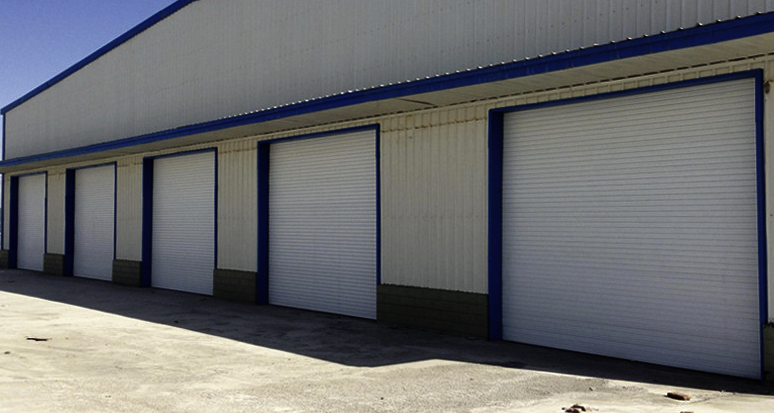Roller shutters are a popular choice for homeowners and businesses looking for added security and privacy. These versatile curtains offer a range of benefits, including weatherproofing, noise reduction and energy efficiency. However, a common question that arises when considering roller shutters is whether they allow air to flow into the building. In this article, we will explore the functions of roller shutters and address the following questions: Do roller shutters let air in?
Roller shutters are designed to provide a barrier between the interior of a building and the exterior environment. When fully closed, they create a seal that helps prevent air from entering or escaping through the window. This is particularly beneficial during extreme weather conditions, as roller blinds help maintain a comfortable indoor temperature and reduce the need for heating or cooling.
However, while roller blinds create a safety barrier, they can be adjusted to allow air to flow into the building when required. Many modern roller shutter systems feature adjustable slats or perforations that can be opened to varying degrees, allowing ventilation while still providing a degree of security. This feature is especially useful during the warmer months, when fresh air circulation is important to maintain a healthy and comfortable indoor environment.
In addition to adjustable slats, some roller blind designs include built-in ventilation panels or grilles to promote airflow when the blinds are closed. These features are strategically positioned to allow air into the building without compromising safety, making roller blinds a versatile option for controlling ventilation and maintaining privacy.
It’s worth noting that the extent to which roller shutters let air in may vary depending on the specific design and installation of the shutter. For example, some roller blind systems are engineered to provide enhanced airflow while still providing protection against intruders and the elements. These advanced designs incorporate innovative technologies for efficient ventilation without sacrificing safety.
When considering the ventilation capabilities of roller shutters, the overall design and structure of the building must also be considered. Properly installed roller blinds can be used with other ventilation systems such as air conditioning units, fans, and natural airflow through open doors and windows to create a comfortable and well-ventilated indoor environment.
As well as the ventilation benefits, roller shutters offer a range of other benefits, making them a popular choice for residential and commercial properties. These include improved safety, protection against adverse weather conditions, noise reduction and energy efficiency. By providing a physical barrier between the interior and exterior of a building, roller shutters can help deter intruders and prevent forced entry, making them an effective security measure for homes and businesses.
In addition, roller blinds help reduce outside noise pollution such as traffic or construction, creating a quieter and more peaceful indoor environment. This is especially beneficial for properties located in busy urban areas or near noisy thoroughfares.
From an energy efficiency perspective, roller shutters can reduce heating and cooling costs by providing an additional layer of insulation. By blocking sunlight and heat in the summer and preventing heat loss in the winter, roller blinds can help regulate indoor temperatures and reduce the workload on heating and cooling systems.
All in all, roller blinds are a versatile window covering option that offer a range of benefits, including security, privacy, and ventilation control. Although they are designed to create a safe barrier between the interior and exterior of a building, modern roller shutter systems can be adjusted when needed to allow for efficient airflow. Able to provide ventilation while ensuring safety, roller blinds are a practical and effective solution for increasing comfort and functionality in residential and commercial properties.
Post time: May-13-2024

